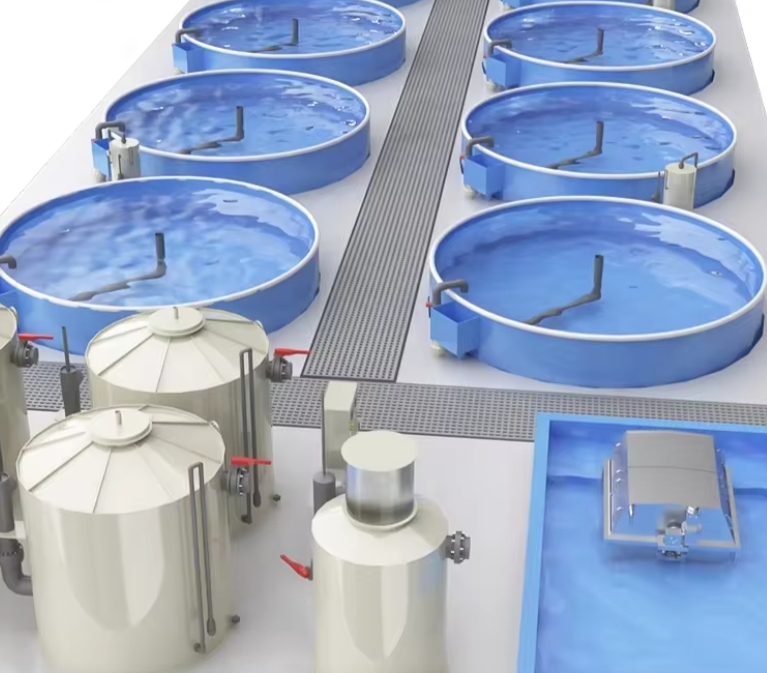The Future of Fish Farming: RAS and the Transformation of Aquaculture

The Future of Fish Farming: RAS and the Transformation of Aquaculture
As the global population continues to grow, the demand for seafood is increasing. In order to meet this demand, traditional fish farming methods are no longer sufficient. Aquaculture technology has been developed to address this challenge, with new methods, such as RAS (recirculating aquaculture system), transforming the way fish are raised and produced.
Top features of RAS
RAS is just like sustainable allows for the of high- quality seafood while minimizing effects that are environmental
RAS systems are made to recirculate water constantly, which reduces water procedure notably
also, because of the landscapes like managed conditions are less likely to distribute, and fish development are covered, icing that the fish are healthier and of top quality
The terrain like managed allows for optimal eating, which maximizes development and minimizes waste
Innovation in Aquaculture
The use RAS is really a innovation like monoculture like recently available with advancements in technology enabling the growth and perpetration of RAS systems on a larger scale
There's also advancements in fish parentage and genetics, which may have led to this operational system of further versatile and species being sustainable
likewise, improvements in monitoring technology have made it better to also handle Recirculating Aquaculture System to insure fish development like optimal
Safety and Usage Of RAS
RAS is just a safe system for producing seafood, and its own usage provides an volition to old-fashioned fish husbandry styles that have poor effect on the terrain and wellness like public like general
By managing the grade of the surface and water, RAS systems produce seafood which can be clear of toxins and adulterants that could be contained in normal figures of water
Simple suggestions to make use of RAS
Using RAS calls for a investment like good is authentic framework and outfit, including a tank system, filtration, and pumps
The device ought to be built to insure water like optimal and inflow, as well as appropriate monitoring and feeding of the fish
You'll want to select the fish like applicable for the system and also to gain the required licenses and licenses
Provider and Quality
RAS systems bear regular monitoring and preservation to guarantee maximized performance and fish health
Proper training in ras system in aquaculture procedure is pivotal to guarantee that the system like operational duly and that the seafood are healthy
additionally, regular water quality screening is essential to guarantee that the device is creating high- quality fish
Operation of RAS
The application of RAS does apply in many settings, including areas that are civic because it requires reduced area than traditional seafood designs which can be husbandry
RAS systems can be utilized to create a range seafood types, including salmon, tilapia, and trout
likewise, RAS systems could be scalable, permitting larger item volumes, and decreasing the need for wild- caught fish
In conclusion, the use of ras in aquaculture is transforming the way fish are raised and produced. Its controlled environment, sustainable approach, and focus on producing high-quality, healthy fish make it a promising option for meeting the increasing demand for seafood in a sustainable and environmentally responsible way.



Comments
Post a Comment